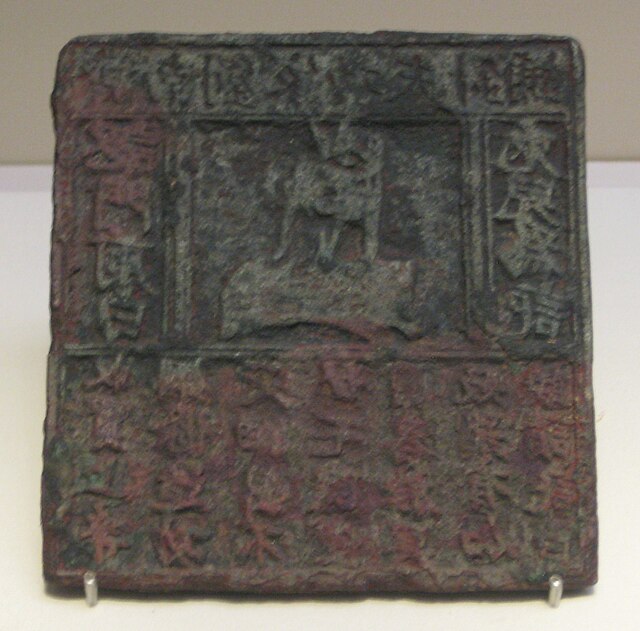A television advertisement is a span of television programming produced and paid for by an organization. It conveys a message promoting, and aiming to market, a product, service or idea. Advertisers and marketers may refer to television commercials as TVCs.
Television was still in its experimental phase in 1928, but the medium's potential to sell goods, services, and ideas was already predicted by this Radio News cover from that year.
Though advertisements for cigarettes are banned in many countries, such advertising could still be seen in the sponsorship of events such as auto racing.
Advertising is the practice and techniques employed to bring attention to a product or service. Advertising aims to put a product or service in the spotlight in hopes of drawing it attention from consumers. It is typically used to promote a specific good or service, but there are wide range of uses, the most common being the commercial advertisement.
A commercial on the Berlin U-Bahn that reads: "Did you know... that Wikipedia has more sister projects?", followed by an URL to Germany's Wikimedia chapter
Bronze plate for printing an advertisement for the Liu family needle shop at Jinan, Song dynasty China. It is the world's earliest identified printed advertising medium.
Edo period LEL flyer from 1806 for a traditional medicine called Kinseitan
Poster for Pears soap created under Thomas J. Barratt's leadership, 1900. Victoria and Albert Museum, London






